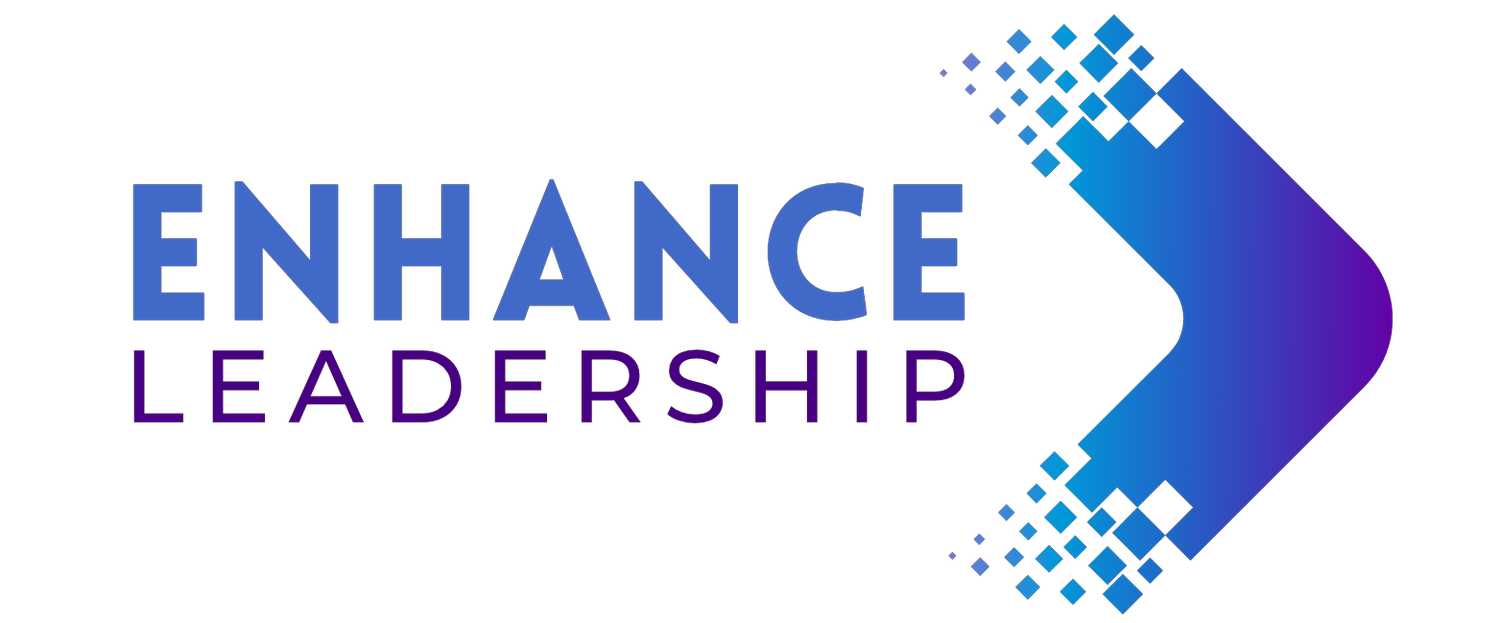Hate Giving Feedback? Here’s How to Make It Work (Without the Awkwardness)
Let’s be real—giving feedback isn’t always fun. Maybe you dread it because you don’t want to sound like a jerk. Or maybe you hesitate because you don’t want to crush someone’s confidence. Or, let’s be honest, maybe you’ve been on the receiving end of some terrible, soul-sucking feedback that left you questioning everything.
But here’s the thing: feedback isn’t about pointing out flaws—it’s about making things go right. What if, instead of seeing feedback as an uncomfortable necessity, you saw it as one of the most powerful tools for leadership, growth, and even better relationships?
That’s where the COIN feedback framework comes in. It’s simple, it’s structured, and it helps you deliver feedback in a way that’s actually useful—without the weirdness.
The COIN Feedback Framework: Your Secret Weapon for Giving Feedback That Works
The COIN model (developed by executive coach Anna Carroll) makes feedback clear, actionable, and drama-free. It stands for:
🔹 Context – Set the stage. Where and when did this happen? What’s the situation? (No vague “You always do this” nonsense.)
🔹 Observation – Stick to the facts. What did you see or hear? No assumptions, no added emotional baggage.
🔹 Impact – Explain why it matters. What’s the effect on the team, the project, or the client? This is the “why should they care” part.
🔹 Next Steps – Move forward. What can they do differently next time? Or, if they crushed it, how can they keep it up?
Making COIN Work for You: Feedback Without the Fear
So, how do you actually use this in the wild? Here’s how to make feedback feel less like an HR requirement and more like a game-changer for your team:
✅ Shift the culture – If feedback only happens when something goes wrong, no wonder it feels like a punishment! Make it normal, everyday, and constructive.
✅ Be specific and timely – “That presentation was a mess” is useless. “Hey, in today’s meeting, I noticed the slides had too much info, and people got lost—let’s simplify next time” is gold.
✅ Listen, don’t lecture – Feedback should be a conversation, not a monologue. Ask them how they see it, too.
✅ Make it about growth, not punishment – People don’t improve from being scolded. They improve when they understand how to get better.
But… What If Feedback Feels Scary?
If you hate giving feedback, you’re not alone. Take a sec to reflect:
🤔 Do you worry about hurting feelings?
🤔 Do you feel uncomfortable addressing something directly?
🤔 Do you secretly wish someone else would just deal with it?
A lot of us avoid feedback because we associate it with conflict. But what if, instead, you saw it as a gift? Feedback isn’t about calling people out—it’s about calling them forward. It’s about helping people succeed.
Imagine if someone had given you clear, thoughtful feedback when you needed it most—without the passive-aggressive tone, the sugarcoating, or the soul-crushing negativity. That’s what good leadership looks like.
Ready to Lead With Better Feedback?
Here’s your challenge: try the COIN method this week. Whether it’s a quick “Hey, I loved how you handled that client call, keep it up” or a “Let’s tweak the way we structure meetings so everyone gets a say,” start seeing feedback as fuel for growth—not just something to check off your leadership to-do list.
And if you want to get even better at leading with impact? Let’s talk. 🚀

